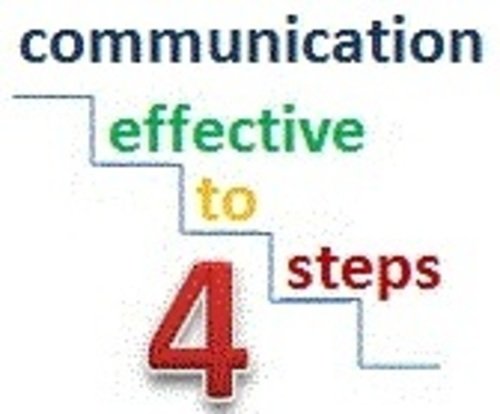Usually individuals who are advanced, inside the organization, are the people who have, among different characteristics, extraordinary relational abilities. They are those that we respect since they express the perfect word at the ideal time, the individuals who know how to say “no” without offending of others, individuals who are steady with what they think, say, and do.
Clearly, right now, you recall that somebody, near you, with those attributes.
Peaceful correspondence is the technique made by Marshall Rosenberg, an American analyst, during the 1960s, and which, in spite of having spent numerous years, is as yet in power, because of its brilliant outcomes.
It is an altogether different method of correspondence, which we are utilized to.
How often, in our everyday, do we make decisions – blending them in with true data , we offer guidance, without being asked, we attempt to stifle the awkward feelings of others, we make unconstructive analysis, we undermine …
All things considered, this sort of correspondence is vicious, and we practice it without monitoring the harm that it can cause to the next individual.
The contrary side would be peaceful correspondence, one that attempts to lay out closeness and vicinity with others and that looks to arrive at an agreement, wherein the two individuals win, the renowned “mutual benefit”.
What’s more currently, how might we incorporate this peaceful correspondence?
Going through 4 path. Prior to getting into them, it is fundamental to identify with the individual, understanding the reason why they do how they treat knowing ahead of time that how they treat a positive goal, which is to cover their need, albeit here and there, others, it costs us to see it.
Also be careful … on the grounds that understanding not mean concurring with how he treats says, yet rather liking how that individual might be feeling in that circumstance. The significant thing is, along these lines, to have the will to get her, both her and the conditions that encompass her.
Likewise Read: The Statistics And Figures Of Email Marketing That You Must Know To Achieve A Powerful Strategy
Let’s see how we can travel through these 4 trails:
1. Separating the judgments from the objective facts.
As people that we are, before an occasion, musings regarding what’s going on will attack us. It is fitting to place them to the side and spotlight on what precisely occurred: it isn’t something similar to say: “we have been sitting tight for you for 20 minutes to begin the gathering”, than to say, “uff, you are exceptionally late”.
2. Express how we feel about this circumstance.
Here we need to utilize our wide enthusiastic jargon and pick the feeling that best suits our sentiments: “furious, weak, dismal … “, it isn’t sufficient to say, you cause me to feel better or terrible. A model would be, “the point at which I see that you don’t show up while the gathering begins, you cause me to feel frail since there are large numbers of us who sit around idly, sitting tight for you.
3. Express what our need is and ask for behavior change.
“I really want you to change this conduct and that, from now into the foreseeable future, you show up on schedule for the gatherings.”
4. Acknowledgments.
“I truly like you putting forth that attempt.”
What do we get by walking these trails?
That the individual is propelled to change, that they react to our solicitation versus respond unexpectedly, that correspondence streams, and that we figure out how to communicate our need, without harming. To put it plainly, further develop correspondence, decisiveness and make closeness with others.
The facts really confirm that it is dependent upon the other individual to consent to our solicitation or not, that is something that is outside our ability to control.
At long last, it should be noticed that words are not blameless, words make real factors, thus we must be exceptionally cautious while choosing them.
